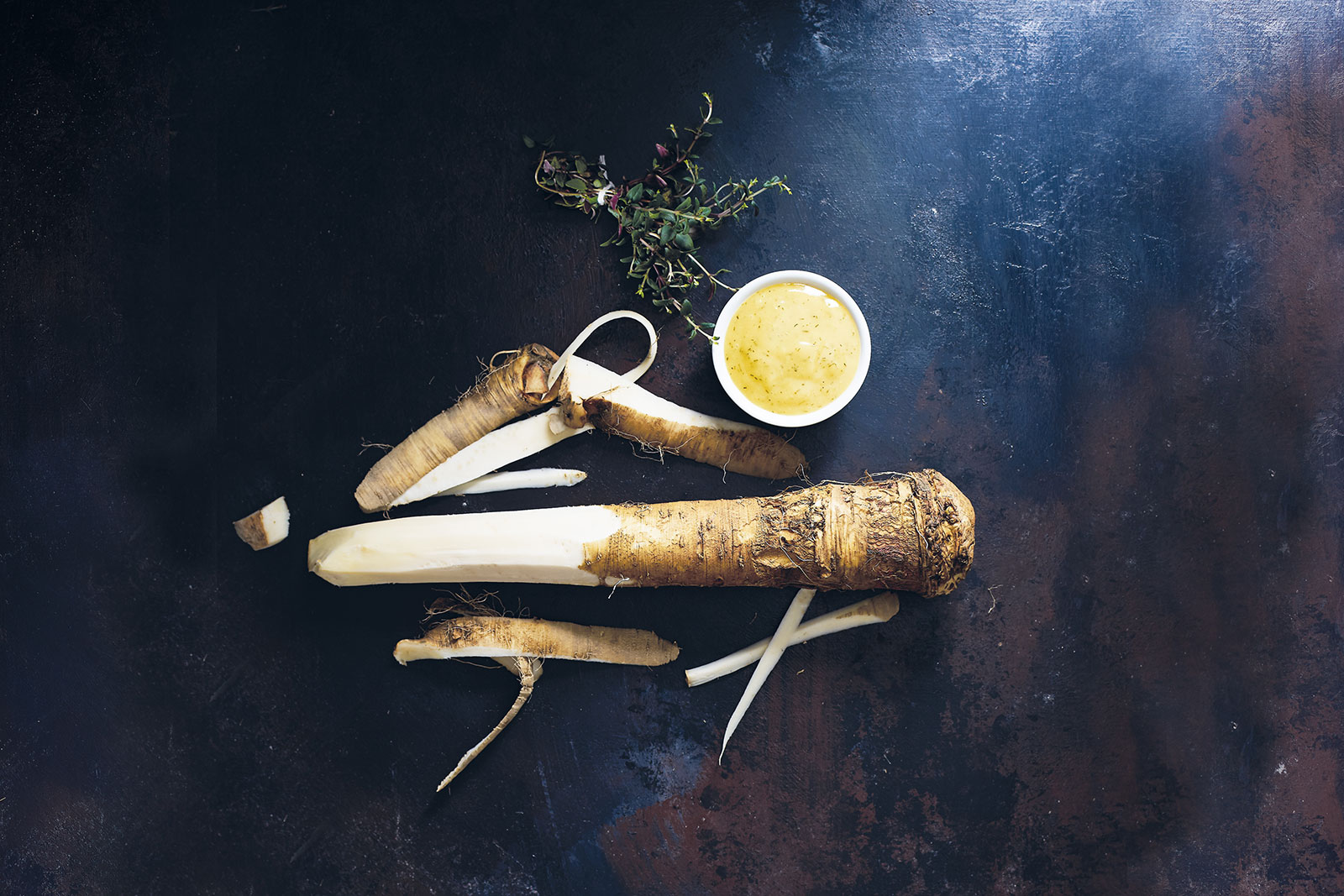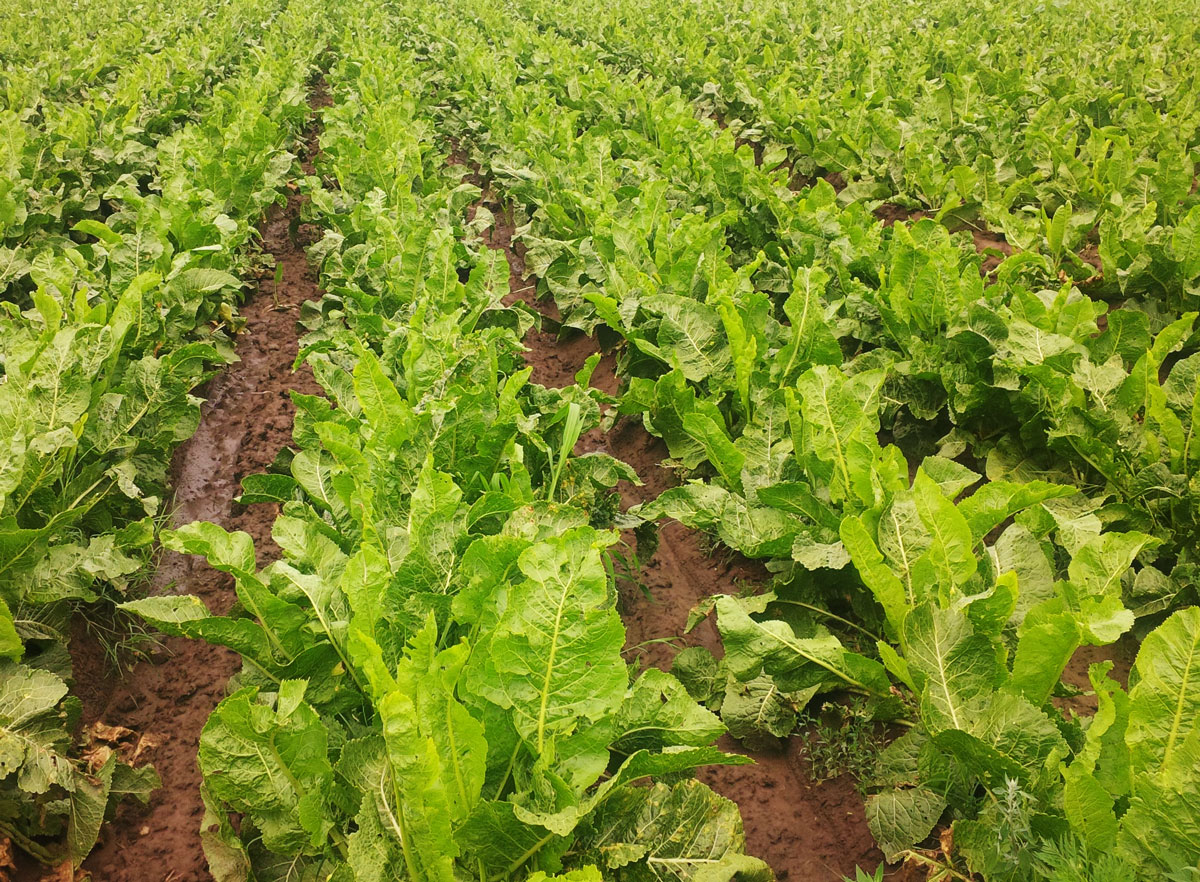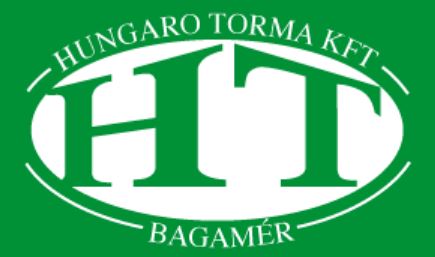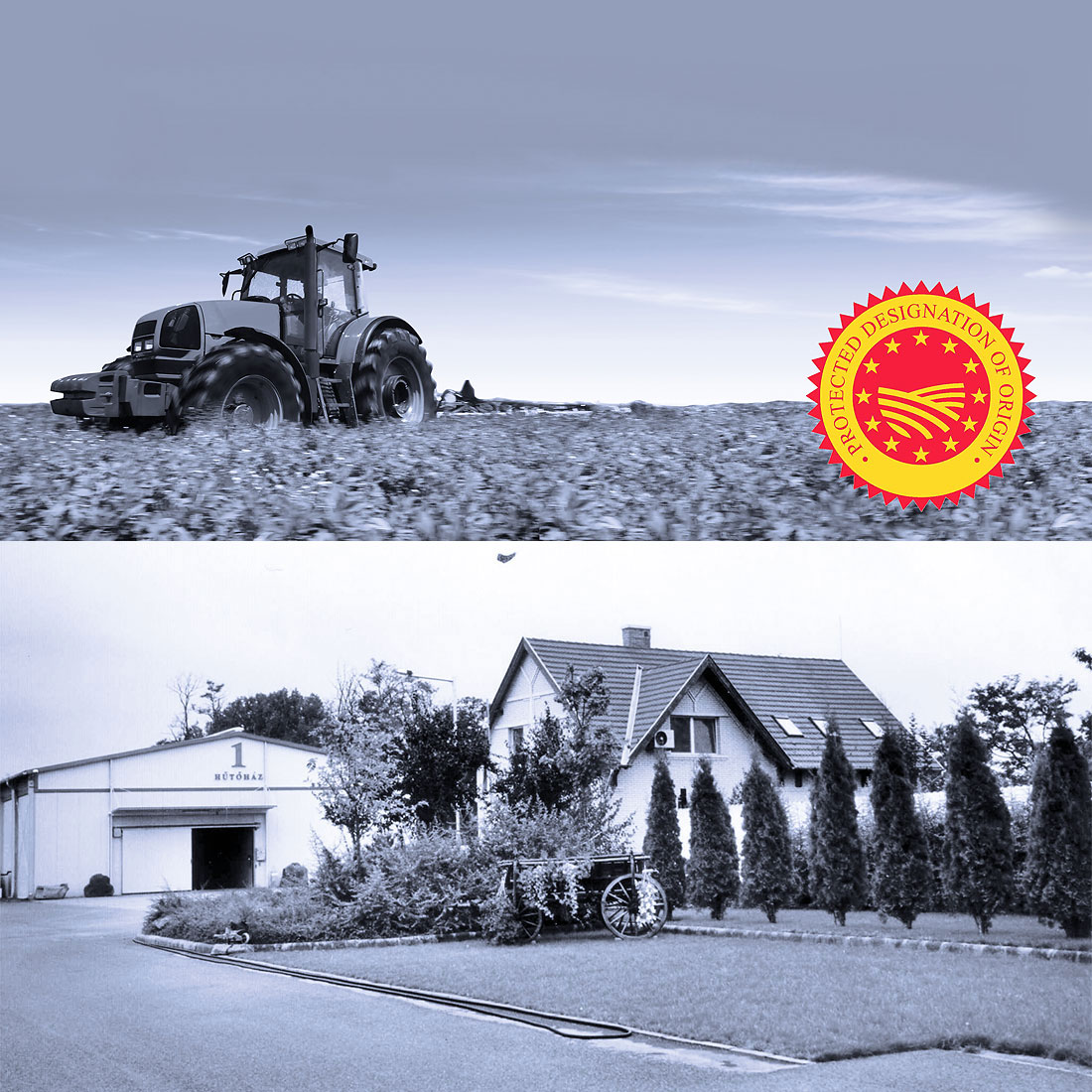Quick guide to horseradish

Horseradish, which is known under the Latin name “Armoracia rusticana”, is a hardy root vegetable belonging to the cruciferous plant family (lat. Cruciferae).
Horseradish originated in southeast Europe and Asia. It has been known in Germany since the 15th century. It combines the word horse – formerly used in a figurative sense to mean strong or coarse – and the word radish.
For decades, German farmers have been unable to produce sufficient quantities of horseradish to meet the demands of the food processing industry. This being the case, Hungary developed itself alongside Austria and Poland as one of the main growing areas in Europe.


 The ideal growing conditions for horseradish are deep, medium-heavy and clayey soils with a good supply of water. Seedlings – or “root cuttings” – are planted in the spring. The seedlings are lateral roots measuring between 0.5 and 1.5 cm, which are separated from the main root during harvesting in the autumn and cut into pieces measuring around 30 cm in length.
The ideal growing conditions for horseradish are deep, medium-heavy and clayey soils with a good supply of water. Seedlings – or “root cuttings” – are planted in the spring. The seedlings are lateral roots measuring between 0.5 and 1.5 cm, which are separated from the main root during harvesting in the autumn and cut into pieces measuring around 30 cm in length.
Between mid-April and mid-May, the seedlings are placed in furrows of around 10 cm depth at intervals of 60 to 80 cm and covered with soil.
Growing horseradish roots still involves a lot of manual work. Around 4 to 6 weeks after the seedlings have been planted, all shoots are removed from the main root. This avoids “multiple-head” roots – for the most part, industry requires “single-head” roots.
In order to ensure smooth produce without root lugs, the roots are exposed around early July and the lateral shoots removed with a knife. Following this, the roots are covered with soil again. Depending on rainfall, the soil must be loosened several times to avoid incrustation and weed formation. These days, mineral fertilisers are used for the soil, in some cases combined with manure.

The healing and seasoning properties of horseradish have been known and appreciated for centuries. It contains twice as much vitamin C as a lemon (114 mg per 100 g). It also contains key minerals and trace elements. Its pungent taste can be attributed to the essential oils that it contains. Allicin and sinigrin, both substances found in horseradish, have antibiotic effects. Because of this, horseradish is also known as “German penicillin” and is used to treat colds, intestinal infections and other ailments.
It is also well known that horseradish is good for whetting the appetite.
Trace elements, minerals and vitamins (per 100 g of horseradish):
| Sodium | 9,00 mg | |
| Iron | 1,40 mg | |
| Potassium | 554,00 mg | |
| Phosphorus | 65,30 mg | |
| Magnesium | 33,00 mg | |
| Calcium | 105,00 mg | |
| Vitamin B1 | 0,14 mg | |
| Vitamin C | 114,00 mg |

Our Hungarian subsidiary Hungaro Torma Kft. in Bagamér is located right in the middle of one of Europe’s largest horseradish-growing areas. It is responsible for advising farmers and for sourcing, monitoring and storing the horseradish roots. The healthy growth of the horseradish plants is ensured by contracting out farming and by working closely together with farmers, agricultural engineers and scientists.
Only in this way can we deliver the top quality that our customers have come to expect.